2023.08.04.64
Files > Volume 8 > Vol 8 no 4 2023
Evaluation of the Efficacy of Trichoderma species and their Fungal Toxins in the Eradication of Alternaria alternata Causing Seeds Decay and Damping-off Disease on Cotton in Iraq
Aymen Jasim Mahdi 1, Yasir Naser Alhamiri 2,*
1 Plant Protection Department/ Agriculture College/ University of Kerbala/ Karbala/ Iraq; [email protected].
2 Plant Protection Department/ Agriculture College/ University of Kerbala / Karbala / Iraq; [email protected].
* Correspondence: [email protected]; Tel.: (009647801677856)
Available from. http://dx.doi.org/10.21931/RB/2023.08.04.64
This study aimed to isolate and identify the pathogens accompanying the rotting and death of cotton seeds and seedlings. Also, some Trichoderma spp. were assessed against the fungal pathogen associated with the disease. The results showed that one of the essential isolated fungi, Alternaria alternata, has demonstrated high virulence in attacking cotton seeds and seedlings and reducing germination and growth. This fungus was identified based on its morphological and molecular characteristics. The Trichoderma species applied have shown high efficiency in reducing infection rates and increasing cotton germination percentage. Every isolate of Trichoderma showed a high efficiency against the fungus A. alternata by providing the highest antagonistic ability, reaching 93.75%. The highest percentage of inhibition growth of the pathogen (86.11%) was achieved by Trichoderma koningiopsis, while the lowest percentage of inhibition growth of the pathogen was 66.65 % for Trichoderma reesei. However, the biological formula prepared from species Trichoderma viride, Trichoderma pseudokoningii, Trichoderma koningiopsis and Trichoderma reesei displayed the highest percentage of inhibition of 100% against the fungus A. alternata.
INTRODUCTION
Biological Control with antimicrobials is considered an alternative method for controlling plant diseases. Trichoderma species are among the most essential suitable fungal biological control agents in suppressing soil-borne pathogens1, 2. Some of the Trichoderma species can secrete secondary metabolites like Gliovirin, Gliotoxin, Trichodermin, Viridin, Viridol, Koninginins, Pyrones, and Peptaibols that are antibiotics against pathogens 3. It was found that the mycotoxin Trichodermin can spread quickly through the cell wall and bind to eukaryotic ribosomes to prevent translation by peptide transporter. Mycotoxin Gliotoxin has antiviral and antibiotic properties, which act by contributing to a reaction with proteins, and it was proved that gliotoxin inhibits several enzymes4. Cotton crops have been infected by many pathogens, causing different diseases such as seed rot and damping-off of cotton seedlings, which is one of the determinants of the cultivation of this crop5. The fungus Alternaria alternata, which belongs to Ascomycetes 6 is well-known to cause various diseases, particularly of leaves, such as leaf blight and leaf spot 7 ,8 ,9. However, in a recent survey accomplished in this study, one of the Alternaria species has been associated with the seed decay and seedling death of cotton crops. 10 This study aimed to diagnose the fungus causing this disease and control it utilizing different species of Trichoderma spp.
Isolation and identification of pathogen
After isolating fungi from cotton seeds and seedlings, they were purified on several plates using the Streak-plate method using a single spore method. The plates were incubated in the incubator at a temperature of 25±2ºC for two days, after which the germinated colonies were taken. It was transferred to new dishes containing the same medium and incubated for five days 11. The fungal colonies that appeared were examined using a compound light microscope and then diagnosed phenotypically based on morphology and microscopic characteristics by following the taxonomic keys mentioned by 12, 13, and 14 and then calculating the percentages of occurrence of the fungal isolates and also calculating the percentage of frequency of one fungal isolates in specimens, according to the following equations: 1 and 2

Antagonism evaluation of Trichoderma species against the fungus Alternaria alternata in vitro
The antagonistic ability of four isolates of Trichoderma species was obtained from previous studies, as they were tested against the fungus A. alternata, which causes seed rot disease and the death of cotton seedlings. In the double culture method 15, a petri dish with a diameter of 9 cm containing the PDA culture medium was divided into two equal parts. The center of the first section of the dish was inoculated with the pathogenic fungus inoculation, where a 0.5 cm diameter piece was taken from the fungus culture at the age of seven days, while the center of the section was inoculated The other is from the plate with a 0.5 cm diameter piece from the fungus culture Trichoderma species at the age of seven days, The experiment was carried out with four replicates, and the dishes were placed in an incubator at a temperature of 25 ± 2º C for one week. The antagonistic ability was estimated according to the scale 16, which consists of five degrees, as in Table 1 below:
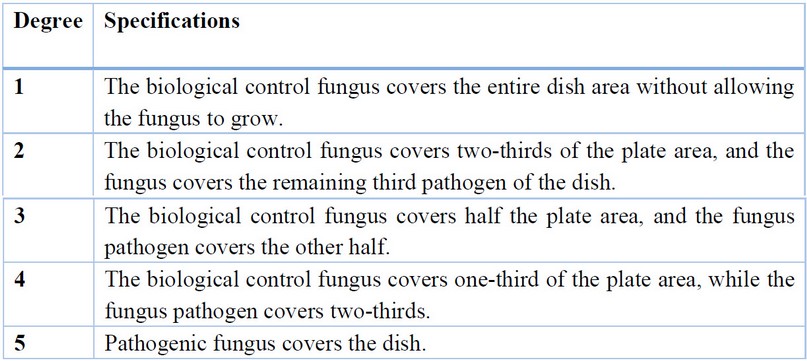
Table 1. Biological control assessment scale
The biological factor is considered antagonistically adequate when it shows a degree of antagonism equal to 2 or less with the isolates of the pathogenic fungus. The percentage of inhibition was calculated by measuring the radius of the colony of the biological fungus towards the pathogen, compared to the control treatment in which the fungus was grown at a distance of 1 cm from the edge of the dish and individually. According to the following Abbot equation 17: 3

Quantitative and qualitative determination of Trichodermin and Gliotoxin using High-Performance Liquid Chromatography (HPLC):
The quantitative and qualitative estimation process was carried out in the Ministry of Science and Technology laboratories using an HPLC device model (SYKAMN) (German). Mobile phase: Isocoratic acetic acid: acetonitrile: D.W(2:68:30) (V\V) Flow rate: at 1ml/min column : C18-ODS(25cm*4.6mm) UV-Vis meter: nm254
The concentration is calculated using the following equation: 4

Effect of Trichodermin and Gliotoxin in inhibiting fungal growth of A. alternate:
To study the effect of Trichodermin and Gliotoxin in inhibiting the diagonal growth of the pathogenic fungus isolate, the fungal filtrate of the isolates of the biological fungus Trichoderma species was selected. The liquid Potato Sucrose Broth (PSB) medium was prepared in the laboratory, and the medium was sterilized in the steam sterilizer. It was left until the temperature reached 45 ° C, and then it was poured into closed plastic test tubes of 50 ml capacity; each tube was inoculated with 3 pieces (0.5 cm) of all fungal isolates separately. The fungal isolates were taken from seven-day-old colonies grown on PDA medium with 3 tubes / fungal isolate, then placed in the incubator at a temperature of 25 ± 2º for fifteen days and kept in the refrigerator until use. Then, the medium was filtered using filter paper (Whatman filter paper No.4), the centrifugation process was carried out, and the filtrate was centrifuged at a speed of 2000 rpm for five minutes. Then, the sludge was filtered through a 0.22 mm micron millipore filter.18 The filtrate of each fungal isolate was added at 2 ml to the Petri dishes. Then, 10 ml of the PDA nutrient medium was poured over it, stirring the plates with a capillary movement to mix the filtrate with the medium. Three replicates were made for each treatment, considering the presence of a control treatment that was PDA + 2 ml of sterile distilled water only. The treatments were placed in the incubator at 25 ± 2 °C. After the growth of the comparison of each fungal isolate was completed, the diametric growth of the pathogenic fungus was measured. By taking the growth rate of two perpendicular diameters passing from the center of the dish and the percentage of inhibition according to the following equation: 5

Assessment of the synergistic effect of the combination of the Trichoderma species producers of Trichodermin and Gliotoxin against A. alternata:
This should be written in this way. This test was performed on four isolates of Trichoderma species. The antagonistic ability of these isolates was tested against the pathogenic in the laboratory and field. The ability of these isolates to produce antibiotics (mycotoxin Trichodermin and Gliotoxin) was tested, and no antibiotics were shown between them. For this experiment, a mixture of soils was sterilized by autoclave at a temperature of 121ºC and a pressure of 15 pounds/inj2 for an hour and two consecutive days. Then, it was placed in 2 kg plastic pots and moistened with water. The soil was treated with biological preparations for the fungus Trichoderma species single and combined, grown on corn grits and the integrated combination of the four isolates of the fungus Trichoderma species represented by the biological preparation. By placing 10 g (in total) and for three replicates for each sample 7 days before sowing the superficially sterilized cotton seeds 10 seeds/pot, and the pathogenic fungus (10 g) was placed for each pot grown on millet medium, two days before planting (Table 3):
• The percentage of disease was measured two weeks after agriculture according to the following equation: 6

• The percentage of disease severity was measured according to equation 19 as follows: 7

Molecular diagnosis of Alternaria alternata on cotton:
Molecular diagnosis was made of the fungal isolate that showed significant pathogenicity and high virulence against seed germination and damping-off cotton seedlings diagnosed phenotypically and tentatively under study. Molecular diagnosis of these isolates was done by analyzing the DNA base sequences of the ITS region and comparing them with previously diagnosed isolates. After it was sent to the South Korean company Macrogen to determine the nucleotide sequence. After receiving the nucleotide sequences of the fungal isolate, the nucleotide sequences were analyzed using the Basic Local Alignment Search Tool (BLAST) to compare them with the data available at the National Center for Biotechnology Information (NCBI) within the Gen Bank, which belong to the identical fungal isolates, which has been diagnosed globally. Fungal isolates that did not match the nucleotide sequences 100% were registered at the National Center for Biotechnology Information (NCBI). Genetic kinship analyses were also carried out using the MEGA (Molecular Evolutionary Genetics Analysis) program to analyze the isolates and draw a kinship tree between each of these isolates and similar isolates registered at the (NCBI) Center (the phylogenetic tree of the type Neighbour-joining, which was built from the sequence The molecular nucleotide of the ITS region of each of the isolates. (Table 5). (Figure 4).
Antagonistic ability test of Trichoderma spp. against the fungus A. alternata;
The antagonistic ability of four pre-selected isolates of Trichoderma spp. was tested. After the interaction between pre-selected isolates and the pathogenic fungus A. alternata, two isolates produced gliotoxin and another two isolates produced trichodermin (Table 2), where isolates of Trichoderma species displayed a high antagonistic ability against pathogenic fungi under laboratory conditions, the results showed the antagonistic ability of Trichoderma species on the pathogenic fungus A. alternata. The isolates of Trichoderma species showed a high antagonistic ability against fungus A. alternata by 93.75%
The antagonistic ability of four pre-selected isolates of Trichoderma spp. was tested. After the interaction between pre-selected isolates and the pathogenic fungus A. alternata, two isolates produced gliotoxin and another two isolates produced trichodermin (Table 2), where isolates of Trichoderma species displayed a high antagonistic ability against pathogenic fungi under laboratory conditions, the results showed the antagonistic ability of Trichoderma species on the pathogenic fungus A. alternata. The isolates of Trichoderma species showed a high antagonistic ability against fungus A. alternata by 93.75%
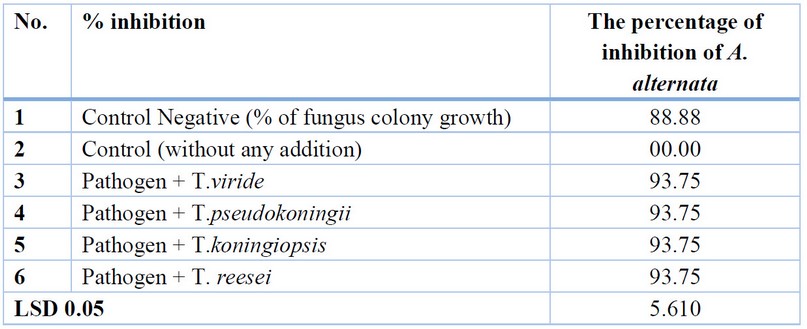
Table 2. Antagonistic ability test of Trichoderma spp. Isolates. In vitro against the fungus Alternaria alternata.
Effect of Trichodermin and Gliotoxin in inhibiting growth of A. alternata;
The results showed that the effect of Trichodermin and Gliotoxin in the filtrate of the fungus Trichoderma species has a clear and significant difference in inhibiting the growth of pathogenic fungi compared with the growth of pathogenic fungi without the addition of Trichoderma species; the highest inhibition rate of pathogen A. alternata was recorded in T. viride (86.11%), while the lowest inhibition rate of pathogen A. alternata was recorded in T. koningiopsis (82.20%) (Table 3) (Figure 1).

Table 3. The effect of Trichodermin and Gliotoxin in inhibiting the Diameter growth of pathogenic fungi isolates on PDA culture media in vitro
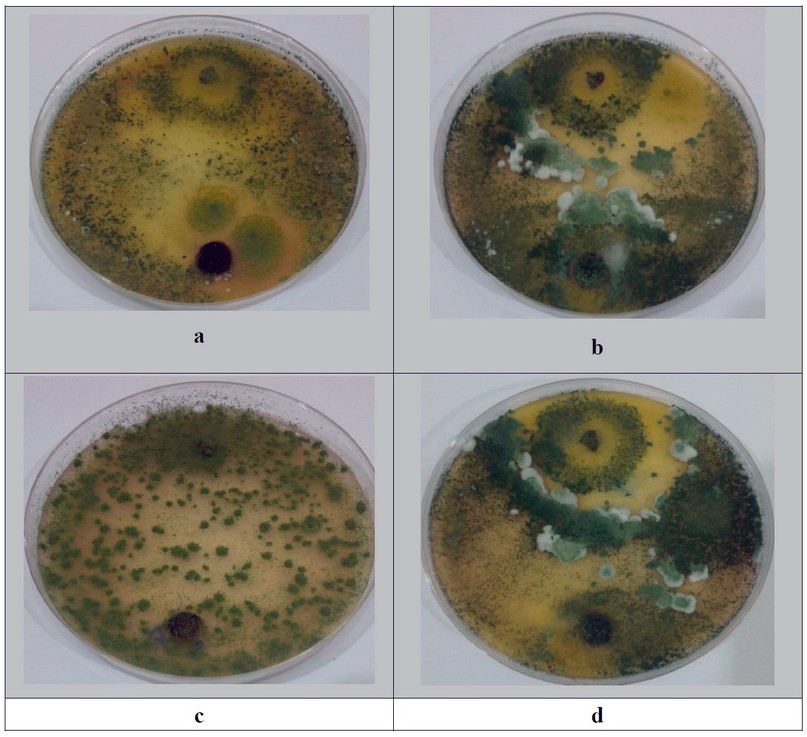
Figure 1. [ a (T.viride + A. alternata ) , b (T. pseudokoningii + A. alternata ) , C (T. koningiopsis + A. alternata ) , d (T. reesei + A. alternata ) ]
Assessment of the synergistic effect of the combination of Trichoderma spp. and Gliotoxin against A. alternata
The results showed the antagonistic ability of isolates of Trichoderma species against the fungus A. alternata in plastic pots Table (3) Figure (2). There was a significant difference between the resistant fungus and the pathogenic fungus. Trichoderma species, when used alone, showed a high antagonistic effect against A.alternata, which gave high germination rates; the highest percentage was 96.66%, and the inhibition rate was 3.33 For T. viride, followed by T. koningiopsis with a germination percentage of 90% and an inhibition rate of 10%, the two isolates T.pseudokoningii and T. reesei have a germination rate of 86.66% and an inhibition rate of 13.33%. As for the synergistic combination of the resistant fungus Trichoderma species isolates, it was characterized by a high antagonistic ability against the pathogenic fungus A.alternata, where the highest germination percentage was 100% for the combination of the biological preparation (T1 + T2 + T3 + T4). Six combinations also gave a high germination rate of 96.66% and an inhibition rate of 3.33%. The lowest germination rate was 90%, and the inhibition rate was 10% for the combination (T3 + T4).
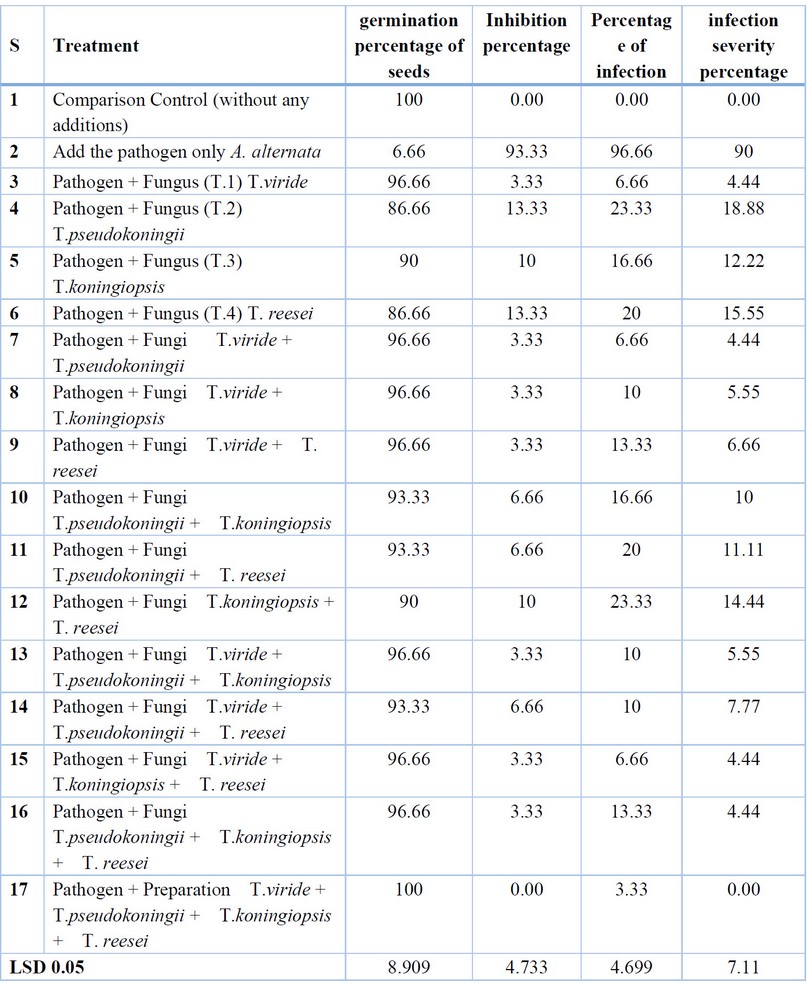
Table 4. Synergistic effect test between isolates of Trichoderma spp. The mycotoxins producing gliotoxin and trichodermin reduce the incidence and severity of A. alternata infection in cotton seedlings.
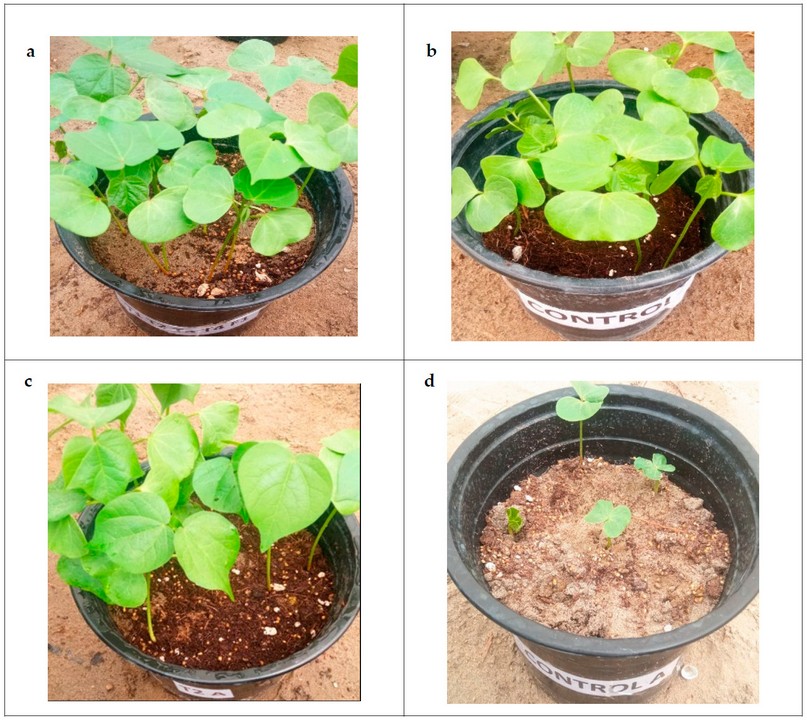
Figure 2. [ a ( T1 +T2 +T3 +T4 + A. alternata) , b Control )without any addition(, c .( T4 + A. alternata) , d (A. alternata ) ]
The results of isolates of the fungus Trichoderma spp. The growth parameters of cotton seedlings infected with the fungus A.alternata (Table 4) ranged from the highest soft weight of the seedling of 6 g, Shoot dry weight 2.5 g, Root dry weight of 1 g and length 35 cm for isolates of the bio-preparative mixture (FOUR.T) to the lowest soft weight of the seedling 3 and Shoot dry weight 1 g, Root dry weight 0.5 g, and length 31 cm for isolate T.viride.
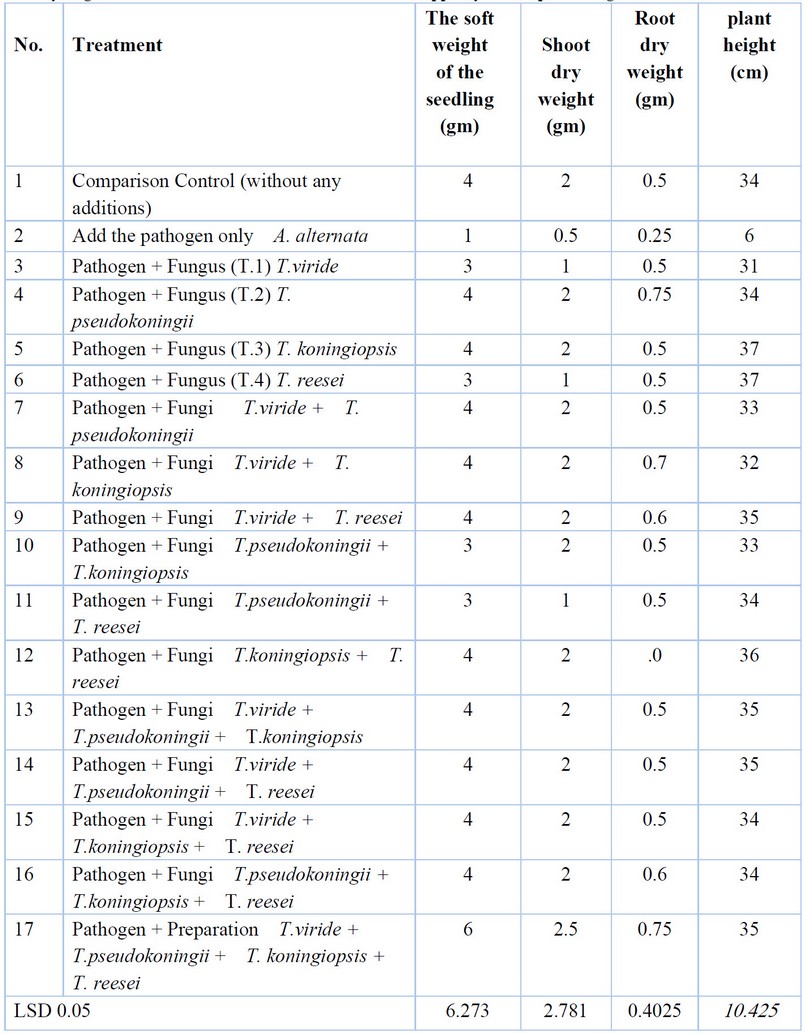
Table 5. Synergistic effect test between isolates of Trichoderma spp. Mycotoxin produces gliotoxin and trichodermin in some field cotton seedlings infected with F. brachygibbosum growth standards.
Molecular diagnosis of Fusarium brachygibbosum on cotton:ر
It was noticed by comparing the nucleotide sequence of the DNA bundle of the fungus Fusarium brachygibbosum Y.N.146Aymen) isolated from cotton seeds and seedlings with the data available in the Center for Biotechnology Information (NCBI) that the percentage of genetic similarity reached (100%) with all isolates of Fusarium brachygibbosum (Table 5). (Figure 3, 4).
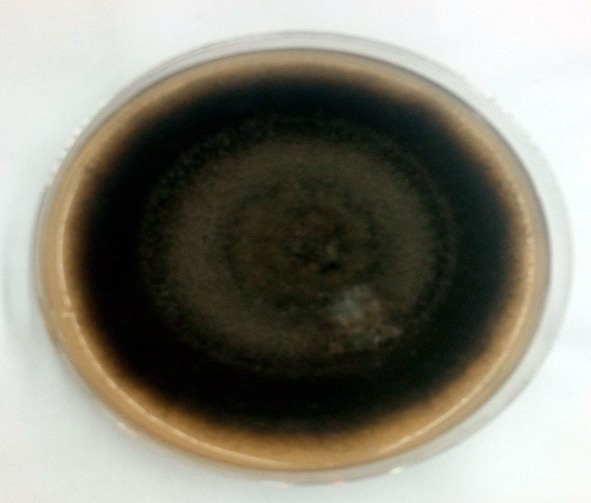
Figure 3. The fungus Alternaria alternata
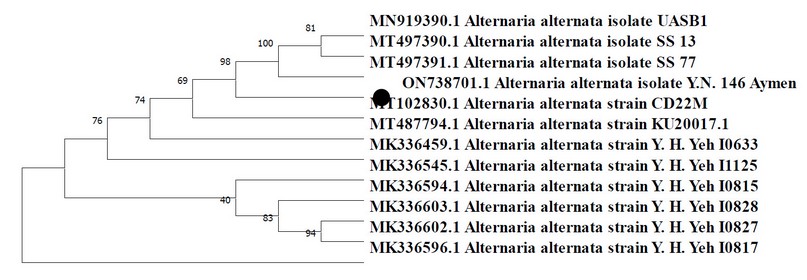
Figure 4. Phylogenetic tree of the pathogenic fungus Y.N.146 Aymen Alternaria alternata
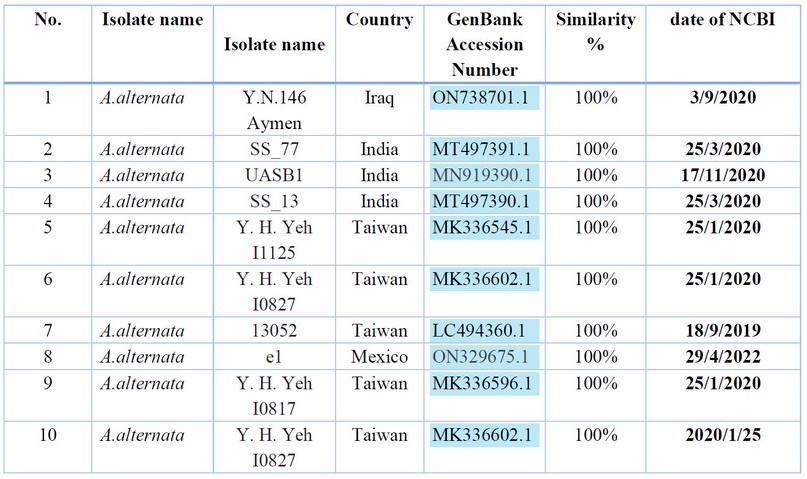
Table 6. Comparison of nucleotide base sequence similarity ratios for the ITS gene region of the fungus isolate Alternaria alternata (Y.N.146 Aymen)
Antagonistic ability test of Trichoderma spp. against the fungus A. alternata:
The ability of Trichoderma fungi to fight pathogenic fungi may be attributed to Trichoderma having different parasite mechanisms. It was found in previous studies the ability of different types of fungus Trichoderma species to inhibit the growth of many fungi due to its possession of other mechanisms of Control, including the phenomenon of parasitism on pathogenic fungi threads, competition for nutrients, occupation of the place of existence. These antibiotics inhibit many pathogenic enzymes and can produce some toxic compounds such as trichothecin, gliotoxin, and viridin 20.
Effect of Trichodermin and Gliotoxin in inhibiting growth of A. alternate:
The study results are attributed to the effect of toxins produced by synergistic fungal isolates. These results are consistent with the study revealed the presence of large amounts of Trichodermin toxin in all filtrates of T.pseudokoningii isolates, Trichoderma viride, Trichoderma harzianum, Trichoderma asperellum, and five isolates of Trichoderma reesei and with different estimates that have an effect in inhibiting the pathogenic fungus. 21
Assessment of the synergistic effect of the combination Trichoderma spp. and Gliotoxin against A. alternata:
The antagonistic ability of Trichoderma species may be due to the surface colonization of the bio-resistant fungi or through its direct penetration into the fungus pathogen. The antagonistic ability of this bio-resistant may be due to the secretion of one or more antibiotics, such as Trichodermin, Emodine, Gliotoxins and Pachybascine, which inhibit the growth of pathogenic fungi 22. Studies have shown that the synergistic combination of isolates of Trichoderma species, which do not show antagonistic ability when interfering with each other, enhances the possibility of the fungus Trichoderma species in biological resistance against fungal isolates. The results were in agreement with the study. The combination of Trichoderma isolates used in the study significantly affected the height and weight of the okra plant.21.
This study showed isolation and identification of the fungus Alternaria alternata as a cause of seeds decay and seedlings damping-off on cotton, where the fungus isolated from seeds and seedlings showed high virulence in attacking cotton seedlings and significantly reduced both germination and growth rates, but the treatment of seeds with isolates of Trichoderma spp. It has proven highly efficient in lowering infection percentage and increasing germination and growth rates in cotton seedlings. A. alternata isolate was diagnosed. Morphologically and molecularly, the DNA base sequences of the ITS region after it was sent to the South Korean Macrogen Company were analyzed to determine the nucleotide sequence. The deposit number of this isolate was in the GenBank (ON738701.1) and compared with previously diagnosed isolates. The results of the synthesis of isolates of the bio-resistant fungus Trichoderma spp. (T.viride, T.pseudokoningii, T.koningiopsis, T. reesei) High efficiency against the fungus A. alternata.The results of extracting toxins from the Leachates of Trichoderma spp used in the study showed the presence of Trichodermin and Gliotoxin in large quantities, and the percentage of toxin inhibition in the filtrates had laboratory inhibition. Trichoderma spp isolates also affected fresh vegetative weight, dry weight, and seedling length characteristics. The study also showed the effectiveness of all treatments used to prevent the growth of pathogenic fungi.
Conflicts of Interest: “The authors declare no conflict of interest.”
1. Lahuf, A. A.; Kareem, A. A.; AL-Sweedi, T. M. and Alfarttoosi, H. A. Evaluation of the potential of indigenous biocontrol agent Trichoderma harzianum and its interactive effect with nanosized ZnO particles against the sunflower damping-off pathogen, Rhizoctonia solani. IOP Conf. Series: Earth and Environmental Science. 2019, 365: 012033. doi:10.1088/1755-1315/365/1/012033
2. Zhang, S., Xu, B., Zhang, J., and Gan, Y. Identification of the antifungal activity of Trichoderma longibrachiatum T6 and assessment of bioactive substances in controlling phytopathogens. Pestic Biochem Physiol.2018, 147, 5966.
3. Singh, J., Dutta, T., Kim, K. H., Rawat, M., Samddar, P., & Kumar, P. ‘Green’synthesis of metals and their oxide nanoparticles: applications for environmental remediation. J. Nanobiotechnology. 2018, 16(1), 1-24,
4. Westerberg, U. B., Bolcsfoldi, G., & Eliasson, E. V. A. Control of transfer RNA synthesis in the presence of inhibitors of protein synthesis. Biochimica et Biophysica Acta (BBA)-Nucleic Acids and Protein Synthesis. 1976, 447(2), 203-213.
5. Bacharis, M., Coppins, M., & Allen, J. E. Dust in tokamaks: An overview of the physical model of the dust in tokamaks code. Physics of Plasmas.2010, 17(4), 042505.
6. Hameed, Z. L., Lahuf, A. A., Jasim, M.T., Mohsen, H.M., Kadim, B.J., Saleh, S.A., Mohamed, A.F. First Report of Alternaria alternata causing brown leaf spot on apricot (Prunus Armeniaca) in Karbala Province of Iraq. IOP Conference Series: Earth and Environmental Science. 2021, 910, 012080.
7. Lahuf, A. A.; Abdalmoohsin, R. A. G. and Alhusani, A. H.; Al-Asadi, A. First report of leaf blight disease in lily (Lilium candidum) caused by Alternaria alternata in Iraq. Biopestic. Int. 2018, 14 (2): 123-126
8. Lahuf, A. A.. Alternaria alternata causes leaf blight of rosy periwinkle (Catharanthus roseus) in Iraq. Australas. Plant Dis. Notes, .2019. 14(4):1-4.
9. Lahuf, A. A., Kareem, A.A., Mohammadali, M.T., Mohsen, HM, Li, J. First report of Alternaria alternata causing leaf spot on quince (Cydonia oblonga) in Iraq. Plant Dis. 2020,104 (5) 1538-1538. https://doi.org/10.1094/PDIS-12-19-2566-PDN.
10. Singh, U., IfraZoomi, O. A., Pandey, D., Chaudhary, K. L., & Kaur, H. Studied the impact of Bt-cotton cultivation of rhizospheric and non-rhizospheric bacterial and fungal population in contrast to non Bt-cotton in natural system. Volume 7, Issue 5, 2022, Page No. 135-142
11. Karem MH, Al-Abedy AN, Kadhim JH. Effect of Tomato yellow leaf curl virus (TYLCV) Infection of some Tomato (Solanum lycopersicom L.) Genotypes on Fruits Content of lycopene and some vitamins. InIOP Conference Series: Earth and Environmental Science 2023 (1259(1), 012092.
12. A A Al-Azzami , Th T Mohammed . The Effect of Adding Lemongrass Leaf Powder (Cymbopogon Citratus) to the Diet as a Natural Supplement on Some Productive Traits and Oxidation Indicators in Broiler (Ross 308). IOP Conference Series: Earth and Environmental Science.2023, 1252 ,012123. https://doi.org/10.1088/1755-1315/1252/1/012123.
13. Jebur, S. F.; Abdulateef, S. M. Effect of The Critical Period and Gene Silencing on Blood Cellular Traits in Local Chicken and Level of Welfare. IOP Conf Ser Earth Environ Sci 2023, 1252 (1), 12141. https://doi.org/10.1088/1755-1315/1252/1/012141.
14. Al-Fadhal FA, AL-Abedy AN, Alkhafije DA. Isolation and molecular identification of Rhizoctonia solani and Fusarium solani isolated from cucumber (Cucumis sativus L.) and their control feasibility by Pseudomonas fluorescens and Bacillus subtilis. Egyptian Journal of Biological Pest Control. 2019 Dec;29:1-1.
15. Baker, K. F., & Cook, R. J. Biological Control of plant pathogens. WH Freeman and Company.1974
16. Bell, D. E.Regret in decision making under uncertainty. Oper. Res.. 1982,30(5), 961-981
17. Altindag, M., Sahin, M., Esitken, A., Ercisli, S., Guleryuz, M., Donmez, M. F., and Sahin, F. Biological Control of brown rot (Moniliana laxa Ehr.) on apricot (Prunus armeniaca L. cv. Hacıhaliloglu) by Bacillus, Burkholderia, and Pseudomonas application under in vitro and in vivo conditions. Biol. Control . 2006, 38(3), 369-372.
18. Ameen M. Shaman , Th. T. Mohammed. Effect Using Feed Additives Instead of Imported Premixes Affects the Physiology of Broiler Chickens. IOP Conf Ser Earth Environ Sci 2023, 1262 (7), 72080. https://doi.org/10.1088/1755-1315/1262/7/072080.
19. McKinney, H. H. Investigations of the rosette disease. J. Agric. Res.. 1923,23(7-12), 771.
20. Karem MH, Al-Abedy AN, Kadhim JH. Effect of Tomato yellow leaf curl virus (TYLCV) on the content of some mineral elements in the fruits of some tomato (Solanum lycopersicom L.) genotypes. In IOP Conference Series: Earth and Environmental Science 2023, 1259, No. 1, p. 012093).
21. Al-Ta’i, Saad Ahmed Alwan. Master’s thesis, Study the relatedness between trichodermin production level and Trichoderma sp ability to resist okra damping off Pathogens of and growth regulators activity against on them, College of Agriculture - Plant Protection Department, University of Karbala, Iraq. 2021
22. Saeed, Faleh Hassan. Integrated management of chemical, organic and biological fertilizers and their effect on the growth and productivity of some cucumber plant genotypes. PhD thesis, Department of Horticulture and Landscaping, College of Agriculture, University of Baghdad, Iraq. 2015,182 pages
Received: 26 September 2023 / Accepted: 15 April 2023 / Published:15 December 2023
Citation: Mahdi, A.; Alhamiri, Y. Evaluation of the Efficacy of Trichoderma species and their Fungal Toxins in the Eradication of Alternaria alternata Causing Seeds Decay and Damping-off Disease on Cotton in Iraq. Revis Bionatura 2023;8 (4) 64. http://dx.doi.org/10.21931/RB/2023.08.04.64
Publisher's Note: Bionatura stays neutral concerning jurisdictional claims in published maps and institutional affiliations.
